
-

email us
customer@24x7supportservice.com
-

call us now
18001021741
The cathode ray tube (CRT) is a vacuum tube that contains one or more electron guns and a phosphorescent screen, and is used to display images. It modulates, accelerates, and deflects electron beam(s) onto the screen to create the images.
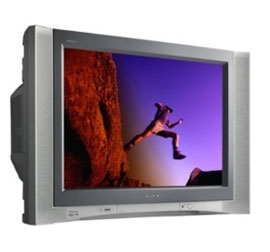
Liquid-crystal-display televisions (LCD TV) are television sets that use liquid-crystal displays to produce images. LCD televisions are thinner and lighter than cathode ray tube (CRTs) of similar display size, and are available in much larger sizes. When manufacturing costs fell, this combination of features made LCDs practical for television receivers.
LCD TVs are quickly displacing the only major competitors in the large-screen market, the plasma display panel and rear-projection television. LCDs are, by far, the most widely produced and sold television display type.
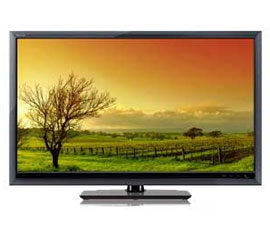
A plasma display is a type of flat panel display common to large TV displays 30 inches (76 cm) or larger. They are called "plasma" displays because they use small cells containing electrically charged ionized gases, which are plasmas.

An LED display is a flat panel display, which uses an array of light-emitting diodes as pixels for a video display. LED displays are capable of providing general illumination in addition to visual display, as when used for stage lighting or other decorative (as opposed to informational) purposes. Counted amongst one of the credible business names, we are involved in the realm of rendering highly effective LED Repairing Service. So as to preserve accuracy in our services, we spend some-time knowing the demands of our customers to accomplish their trust and credibility. Besides, we assure dispatching these to our customers at inexpensive rates.
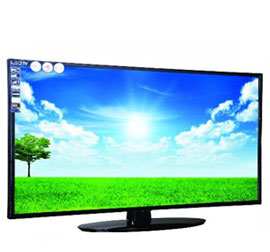
The main difference between smart LED TV and LCD is regarding the back-lighting. LED TV’s use an array of tiny and efficient LED (light emitting diode) to get the screen illuminated whereas the ordinary LCD TV's make use of the cold cathode fluorescent lamps for back-lighting. Due to this change in back-lighting technology LED TV’s have an edge over the simple LCD television.
LED stands for Light Emitting Diode Television. It can also refer as LCD televisions with LED technology. The technique of image formation remains the same in both the cases. However, instead of using the technology of CCFL, it uses the LED technology for back-lighting. In this case, light emitting diodes are used. LED technology consumes less energy and space than conventional bulbs. LED TVs are of two types- Edge-lit LED TVs and back-lit LED TVs.
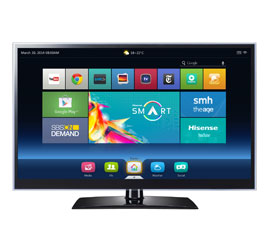
3D television (3DTV) is television that conveys depth perception to the viewer by employing techniques such as stereoscopic display, multi-view display, 2D-plus-depth, or any other form of 3D display. Most modern 3D television sets use an active shutter 3D system or a polarized 3D system, and some are auto-stereoscopic without the need of glasses.
The future of 3D television is also emerging as time progresses. New technology like WindowWalls (wall-size displays) and Visible light communication are being implemented into 3D television as the demand for 3D TV increases.
In an effort to bring even more movie theater magic to the living room, TV manufacturers have invested considerable resources toward integrating 3D technology into the latest TVs. While some have pursued a passive 3D approach similar to that experienced in the theatre, others prefer an active 3D technology which requires expensive, powered glasses
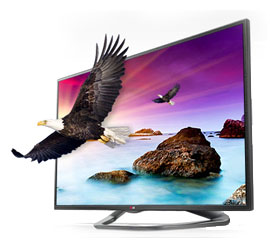
OLED TVs are the future. You would think that owning a piece of future tech like the latest 4K OLED TVs would cost you an arm and a leg. After all, every single breakthrough TV in history, from the early days of CRT TVs through to flat LCD screens came with a huge price tag.
Now available in both flat-panel and curved models, televisions with OLED panels (“organic light-emitting diodes”) offer much better contrast ratios compared to LED-backlit LCD televisions, as well as more vibrant colours and smooth motion.
Pronounced "oh-led," these OLED TVs are also much thinner – as no back-lighting is required – plus they’re more energy efficient than other TV panel types. Fact: picture quality at a 60 degree angle is 12 times more accurate on a flat OLED TV compared to a conventional LCD TV.
Likewise, don’t be shocked if you can’t figure out what’s real and what isn’t when you’re playing FIFA 16 on an OLED TV. Verdant pitches so lush and green, you think you’re watching a real match being played. So smooth and free from jaded images when you watch Cristiano Ronaldo doing his tricks at the current Euros, you'll truly believe Clear Motion is 1000 times smoother than old-school LCD TVs.
And it's not just that the picture is clearer and smoother, it's also much more vivid and realistic. See, the thing about colours is that even though the basic red, green and blue constitute the full spectrum, each has varying shades.
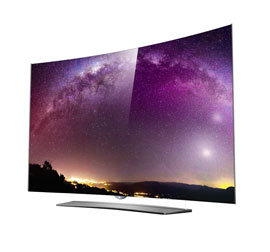
When curved TVs were first announced last year, we said they needed to be bigger to fulfill the promise of a more immersive image, like that of a curved IMAX screen.
On something the size of a living room TV though, we called it "nothing more than a gimmick."
